For Avani Pannicker, a student of Secretarial Practice from Kollam, the spacious SNV Sadanam at Bakery Junction in Thiruvananthapuram is second home. “I have been staying here for seven years now and it really is my home in Thiruvananthapuram,” she says.
It has been a second home for generations of young women who flocked to Thiruvananthapuram to study. Inspired by social reformer Sree Narayana Guru’s words to acquire knowledge to gain emancipation from dogmatic practices, women from all over Travancore reached the capital city as the only college for women [Maharaja’s College for Women, now the Government College for Women] was located here and it was a hub of education.
Inmates at the library at SNV Sadanam Main hostel near Bakery Junction in Thiruvananthapuram
| Photo Credit:
NIRMAL HARINDRAN
“In those days only women from the ‘upper castes’ could get accommodation in homes for students. Aware of the plight of young women who were unable to find a place to stay on account of their caste, Sree Narayana Guru entrusted TV Narayani Amma, a devotee, to open a hostel for women that would not discriminate on the basis of caste, creed or religion. That was how Sree Narayana Vidyarthini Sadanam (SNV Sadanam) was started,” says Anitha Balaraman, secretary of the Trust, which runs the hostel today.
The saint and social reformer gave Narayani Amma a gold sovereign to lay the foundation of the hostel.
On July 20, 1924, the hostel began functioning from a rented place near the Government College for Women at Vazhuthacaud. Within a short time, the then government recognised the hostel and gave a grant for its functioning.
Students at SNV Sadanam, which completes a century in 2024.
| Photo Credit:
NIRMAL HARINDRAN
Within days the hostel was full. “Women came from other districts and far-flung places in Thiruvananthapuram. Students from privileged castes would easily find places to stay. The SNV Sadanam became a haven for women from all strata of society to pursue their studies,” explains Nalini Vijayaraghavan, president of the Trust.
BY 1935, there were three hostels run by the SNV Sadanam and applications continued to pour in. By then Narayani Amma had handed over the working of the Sadanam to the Sree Narayana Vanitha Samajam. Those at the helm of the Samajam realised the need for a place of their own for the hostel.
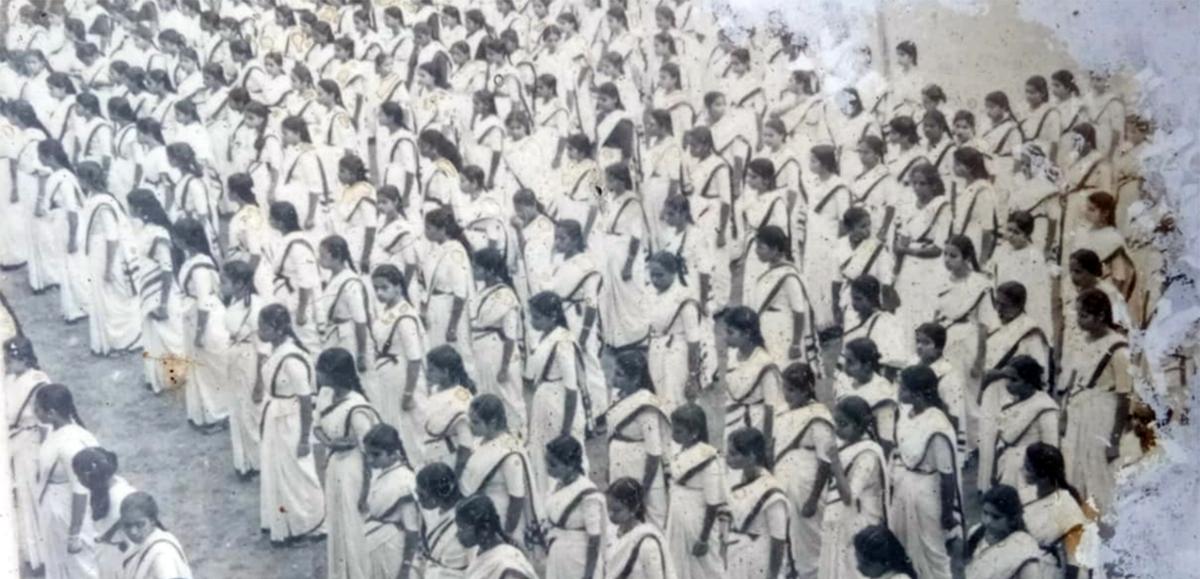
Inmates of SNV Sadanam gather for a function. A photo from the archives of SNV Sadanam.
| Photo Credit:
Special arrangement
Narayani Amma’s chosen successor was Gourikutty Amma, a former inmate of the Sadanam, who had initially pursued her studies at the Maharaja’s College for Women.
In 1943, Gourikutty Amma approached the then Dewan Sir CP Ramaswamy Iyer for a plot in the proximity of educational institutions to build their own hostel. Although, she was assured of help, it seemed to be taking a long time and an official advised her to find a suitable plot and buy it.
“Then she approached her uncles CO Madhavan (former chief secretary and the first mayor of Thiruvananthapuram) and CO Karunakaran (founder of Government Medical College, Thiruvananthapuram), and apprised them of the matter. They advised her to constitute a committee to raise funds to buy the land and build the hostel,” says Nalini.
In 1944, a committee comprising respected members of the community, men and women, was constituted. Construction began in 1949 under the careful supervision of the stalwarts of the Trust and it was completed in 1955.
Standing proudly on an elevated space at the centrally located Bakery Junction is the SNV Sadanam that is celebrating its centenary this year.
Inmates inside a prayer room at SNV Sadanam, which was founded to accommodate students irrespective of caste and religion.
| Photo Credit:
NIRMAL HARINDRAN
With 100 rooms, library, performance space, prayer room, homely mess and a spic and span kitchen, the hostel is constructed around an open courtyard dotted with trees and plants.
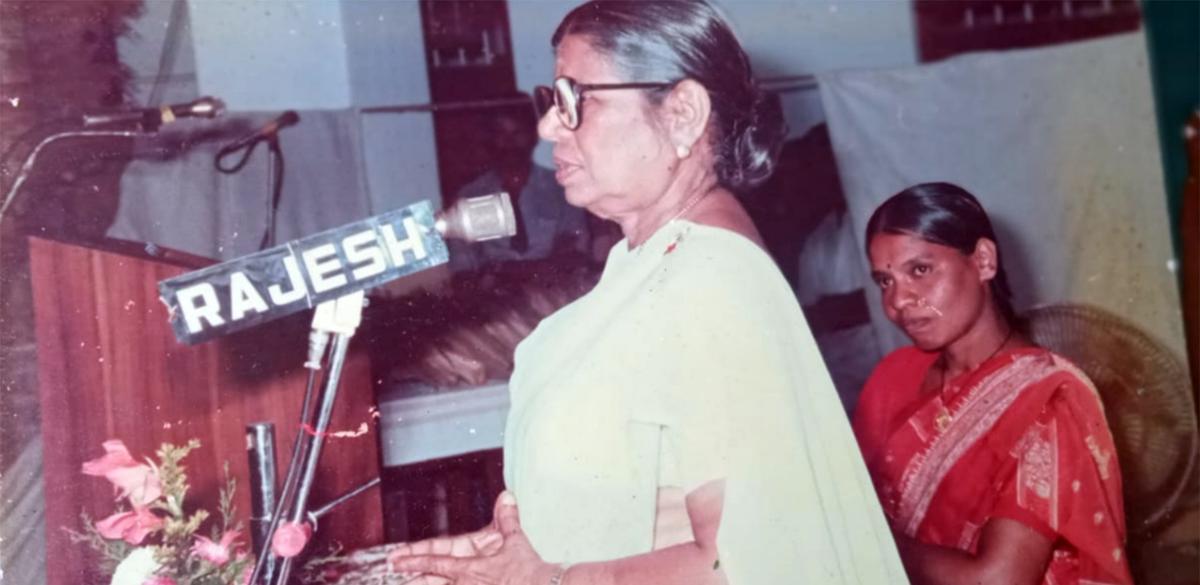
Late politician KR Gouri Amma, a former inmate of SNV Sadanam, speaking at a function at the hostel.
| Photo Credit:
Special arrangement
Luminaries such as KR Gouri Amma, Justice Fathima Beevi, Justice Sreedevi and Dr. CK Revamma were some of the early inmates of the hostel that has played an important role in the education of women in old Travancore.
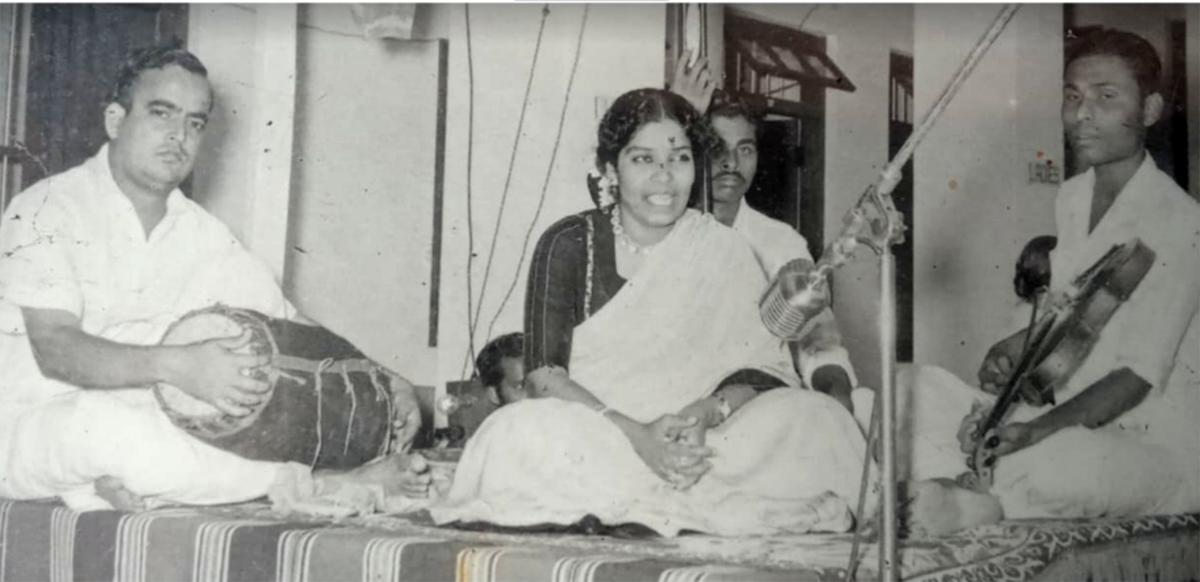
A vintage photo of late Carnatic vocalist CK Revamma, a former inmate of SNV Sadanam, performing on the hostel premises.
| Photo Credit:
Special arrangement
Over the years, the space has been nurtured by dedicated women who led from the front. Under the able leadership of Gourikutty Amma, a working women’s hostel was also started by the Vanitha Samajam at the Observatory Hill in Thiruvananthapuram. The Trust also began a creche and programmes to empower women and help them earn a living.
Two more buildings were added to the property at Bakery Junction. One is the KR Indira Bhavan in memory of KR Indira, who had served as its secretary. Says octogenarian Anitha, who worked as the secretary of the Trust for 38 years. “The Indira Bhavan is for working women. Each room there was furnished with the help of donors that I reached out to furnish the hostel. I was also able to construct the open air stage that we use for functions.”
“Right from the inception of the Sadanam, we have had a democratic set up with a president, secretary and representatives elected from among the students staying here. That continues to this day,” says Nalini.
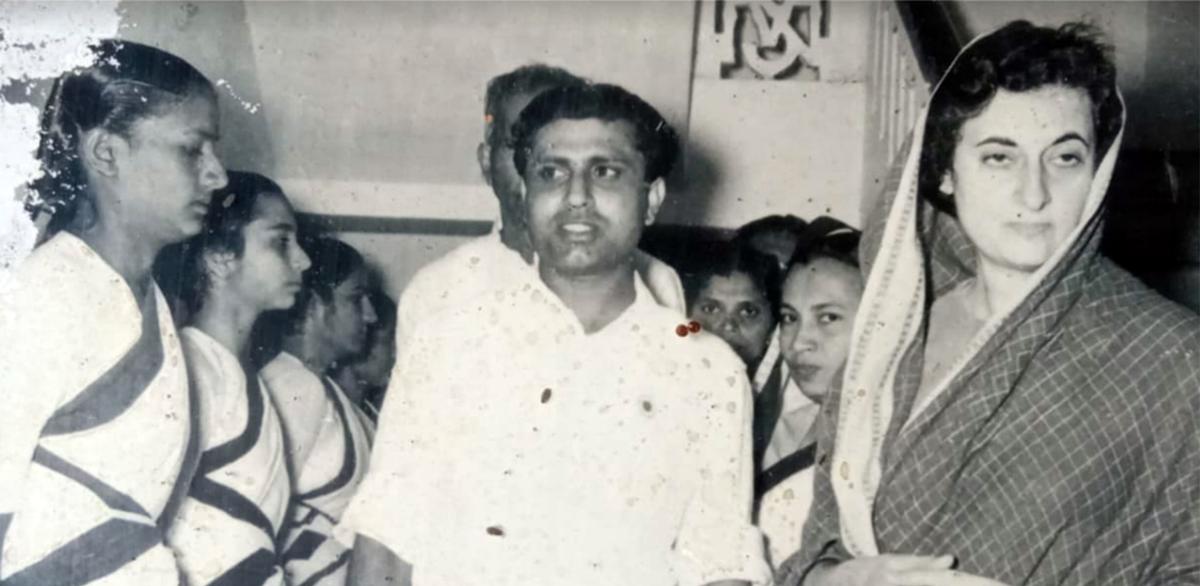
Indira Gandhi visiting SNV Sadanam in Thiruvananthapuram.
| Photo Credit:
Special arrangement
Cultural programmes are organised by the students themselves and they also engage in different cultural and literary activities. Last year, an exhibition of photographs at the Sadanam provided a glimpse of the dignitaries who had visited the Sadanam. Among them were political luminaries, poets and writers.
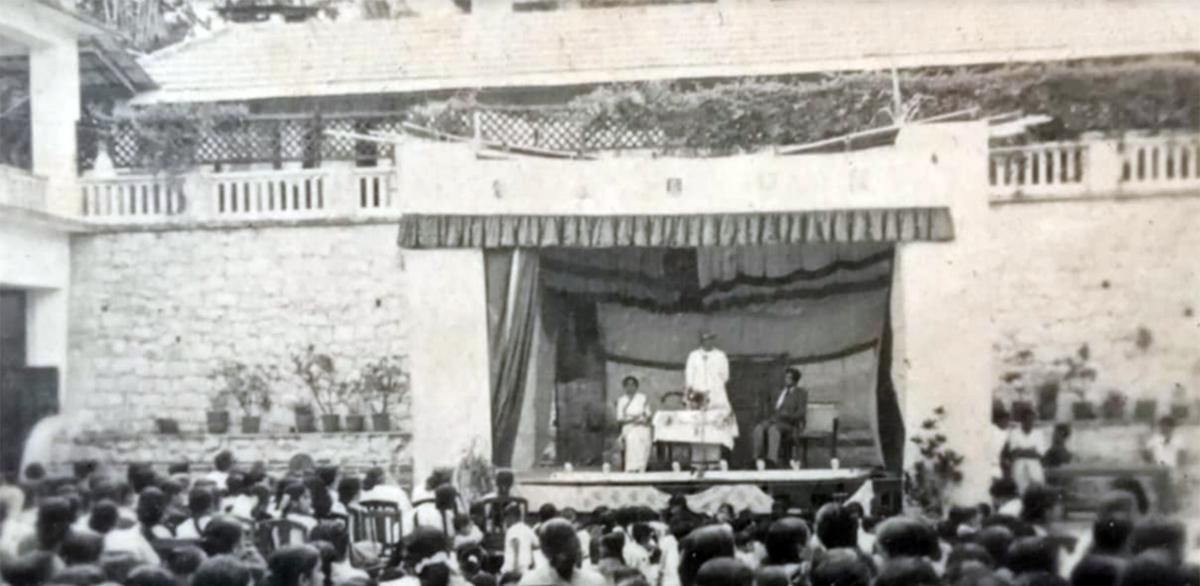
A function at the open-air stage on the premises of SNV Sadanam in Thiruvananthapuram.
| Photo Credit:
Special arrangement
The bond between the wardens and the students continues to be strong as Sasikala who served as the warden in the seventies vouches. “Former inmates of the Sadanam, who now reside in different parts of the world, keep in touch with me. Some of them come all the way to my house in Alappuzha to meet me,” she says.
As the Trust members prepare to celebrate the centenary of the Sadanam, they emphasise that the aim is to make education accessible to students from all sections of society.
Published – October 01, 2024 03:00 pm IST




